Embarking on an online shopping journey can be both exhilarating and overwhelming. From the customer's perspective, we all crave a seamless and enjoyable experience that leaves us coming back for more.
In this article, we delve into the intricacies of eCommerce digital journeys, uncovering optimal strategies to enhance your online customer experience. From personalized recommendations to hassle-free checkout processes, we've got you covered.
Buckle up and get ready to unlock the secrets that will revolutionize your eCommerce customer journey map.
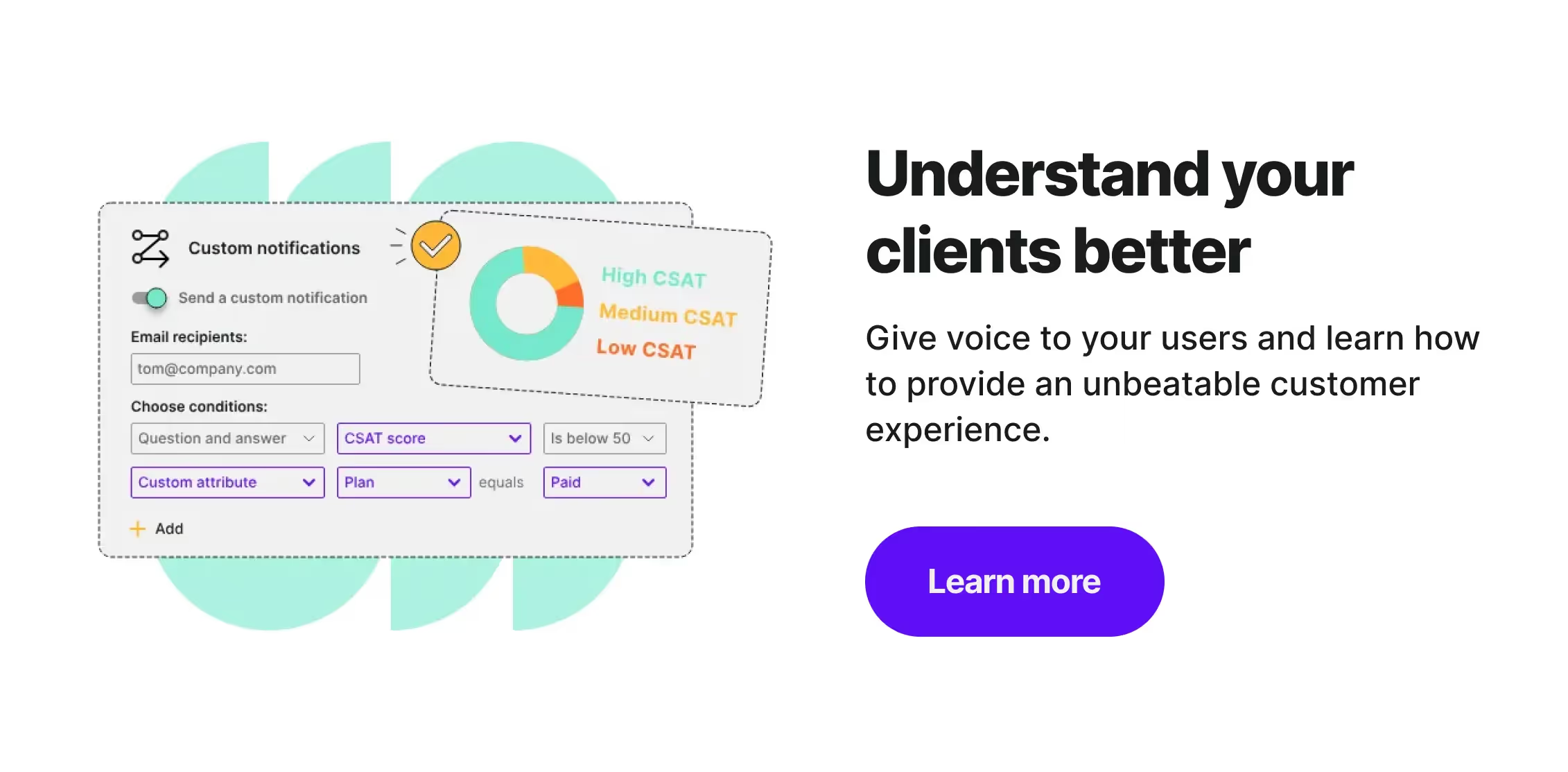
What Is an eCommerce Customer Journey Map?
Understanding the eCommerce customer journey is crucial for tailoring your online store to meet the needs and desires of your customer persona.
A customer journey begins the moment potential customers become aware of your brand and continues through the research and decision-making process until the final purchase—and beyond. Each step of this buyer's journey offers valuable insights that can inform strategic decisions, helping you optimize the shopping experience to make the shopper feel satisfied with your eCommerce site.
A complete customer journey map allows you to identify key touchpoints where you can influence the decision-making process with a good customer experience. Tools like Survicate can assist you in this endeavor by collecting customer feedback at various stages. This feedback can reveal pain points, preferences, and opportunities for enhancing the overall customer journey, enabling you to create a more personalized and positive experience.
By investing time in understanding and analyzing your eCommerce customer journey map, you can make data-driven improvements for your website visitors. This not only bolsters your customer retention, so the likelihood the customer buys again, but it also encourages customers to promote your online business spreading positive word of mouth.
This data is especially valuable when using marketplace platform development services, as it allows you to create a smoother and more personalized user experience.
With the right adjustments and optimizations, you can ensure that your eCommerce store serves your customers’ needs and builds a loyal customer base.
Understanding the eCommerce Ecosystem
To navigate the eCommerce business effectively, you need to recognize the interplay between market trends, technology, and data. These components shape the customer experience and influence your eCommerce business strategy.
Market Dynamics
Global eCommerce businesses grow steadily, influencing customer behavior and expectations. Recent statistics indicate a surge in mobile commerce, with a significant share of online transactions now completed on smartphones and tablets. To keep pace with competitors, ensure your online store is optimized for mobile transactions and consider how market trends, like sustainability and personalization, may affect your strategy.
- Trends: Mobile commerce, personalization
- Consumer Expectations: Fast shipping, easy returns
Technological Infrastructure
A robust technological framework is paramount for efficient eCommerce businesses. At its core, this includes a scalable eCommerce platform, secure payment gateways, and a reliable hosting solution.
- Core Elements:
- eCommerce platform
- Payment processing
- Hosting and cloud services
Role of Data Analytics
Data analytics empower you to make informed decisions and tailor the right eCommerce journey for your customers. Tools like Google Analytics provide insight into user behavior, while machine learning algorithms can predict future purchasing patterns. By analyzing customer data, you can create targeted marketing campaigns to help boost conversion rates and retain customers.
- Data Sources: User behavior, purchase history
- Applications: Targeted eCommerce marketing, predictive analysis
eCommerce Customer Journey Map: The Awareness Stage
In the Awareness Stage, prospective customers first encounter a brand or product that catches their attention. This initial phase is critical as it sets the foundation for their relationship with the brand.
Customer Discovery
You begin your eCommerce user journey with Customer Discovery. It’s where you realize a need or interest and start seeking solutions. You might stumble upon a product through:
- Search Engines: You use keywords related to your needs, which leads you to various e-commerce sites.
- Social Media Ads: Platforms like Facebook and Instagram show you ads based on your interests and previous interactions.
- Influencer Recommendations: A trusted influencer might mention a product, sparking your interest.
A typical eCommerce customer journey could start at a moment when you find yourself needing a new type of ergonomic chair and begin researching the best options online.
Brand Messaging
Brand Messaging is critical to the Awareness Stage. It's the way by which your eCommerce company communicates its values and the benefits of its products to you. Effective messaging should be:
- Clear: Messages should be straightforward, without jargon, explaining the product benefits.
- Relevant: The messages align with your needs or interests, making the product seem like a suitable choice.
You can use online surveys, for example, Survicate, to gather feedback on brand messaging effectiveness and help businesses understand how well they resonate with potential customers like you.
Engagement Channels
Different Engagement Channels determine how a brand can connect with you during the Awareness Stage. You might interact with the brand through:
- Email Campaigns: Brands send introductory emails that highlight key products or offers.
- Content Marketing: Blogs, videos, and other forms of content provide value and build interest in the brand’s offerings.
- Online Communities: Brands often establish a presence in networks and forums to reach potential customers.
By engaging across these channels, you can gain a comprehensive understanding of the brand and its products, aiding in your journey as a customer.
eCommerce Customer Journey Map: Consideration and Evaluation
The consideration stage of your customer journey map starts when your prospective customer starts exploring options and scrutinizing the available offerings. Their aim is to make an informed decision based on product quality, price, and other variables that are important to them.
Product Reviews and Ratings
Customer reviews and ratings serve as a trusted guide when judging the quality and suitability of a product. With such insights, shoppers can gauge the satisfaction of previous buyers:
- High Ratings: show other satisfied customers and product quality.
- Volume of Positive Reviews: A large number of reviews can signify a product's popularity and high brand loyalty.
Comparison Shopping
Comparison shopping is critical for balancing cost and value during the consideration stage of the customer journey. Potential buyers look for:
- Price: They check multiple websites to find the best deal.
- Features: Customer learns the specifications across similar products to determine which offers the better value proposition.
- Return and Warranty Policies: Prospective customer checks how the post-purchse customer support works.
Utilizing comparison tools can streamline this process, giving you a side-by-side view of products, prices, and policies.
Personalized Recommendations
Based on your browsing history and previous purchases, online stores can provide personalized recommendations, potentially uncovering products that your existing customers might not have discovered on their own. This might include:
- Similar Items: Suggested products related to the search history.
- Custom Deals: Special offers that align with other product pages the customer entered.
This curated approach seeks to simplify buyers' decision-making by narrowing down choices to what aligns closest with their preferences and past behavior.
eCommerce Customer Journey Map: Decision and Purchase
In the eCommerce customer journey, the decision and purchase phase is critical. It marks the point where the browser transforms into a buyer.
Checkout Process
When someone decides to purchase, the checkout process should be easy and straightforward. A simple checkout process requires minimal steps and clear instructions.
- Step 1: Review Cart – Confirm your items and quantities.
- Step 2: Enter Shipping Information – Provide your address details.
- Step 3: Choose Delivery Options – Select shipping methods available.
- Step 4: Make Payment – Proceed to the payment gateways.
For instance, with Survicate, you can check if the checkout process on your eCommerce sites meets customer expectations. You can run a checkout survey and easily reduce cart abandonment.
Payment Gateways
The payment gateway that an eCommerce store offers is one of the most important customer touchpoints that can impact the decision to complete the purchase. It should be:
- Secure: Ensuring the safety of your customers' financial information.
- Diverse: Accepting multiple payment methods, including credit/debit cards, e-wallets, and bank transfers.
- User-Friendly: Providing clear instructions and guidance for payment completion.
Security Measures
A focus on security measures during the decision and purchase process is critical for building trust. Look for indicators of a secure online shopping environment:
- SSL Certificate: A visible padlock icon in the address bar indicates an encrypted connection.
- Two-Factor Authentication: Adding an extra layer of security to confirm the buyer's identity.
- Privacy Policies: Readily available information on how data is used and protected.
eCommerce Customer Journey Map: Post-Purchase Experience
On the customer journey map, the post-purchase experience is crucial in determining repeat customers. It influences whether your satisfied customers will return for future purchases or recommend your brand to others. This phase of the customer journey encompasses order fulfillment, ongoing customer support, and the efficiency of returns and exchanges.
Order Fulfillment
Once your customer places the order, the process of order fulfillment begins. This includes:
- Order Confirmation: Immediately after purchase, they should receive an email or text confirming the order.
- Shipping Notification: They'll be alerted when your order is shipped, complete with a tracking number for real-time updates.
- Delivery: One of the final steps of eCommerce customer journey maps when the product reaches their doorstep as per the promised timeline.
Order fulfillment should be seamless and transparent, making your customers feel a sense of security and anticipation for their purchase.
Customer Support
A proactive customer support team is essential for a positive post-purchase experience. Key aspects include:
- Accessibility: Support should be easily accessible through multiple channels such as phone, email, live chat, and social media.
- Responsiveness: Quick response times to inquiries or issues.
- Resolution: Efficient problem-solving that focuses on customer satisfaction.
Using tools like Survicate can help online stores refine their customer support journey maps, enabling them to address inquiries and complaints effectively.
Returns and Exchanges
An accommodating returns and exchanges policy can greatly enhance the post-purchase customer experience. This aspect covers:
- Clear Policy: As an online business owner, you should clearly communicate information about the returns and exchanges to make the customer's experience seamless.
- Simplicity: The process should be quick and straightforward, involving minimal steps.
- Flexibility: Offering a fair timeframe in which to initiate a return or exchange.
Your ability to return an item without hassle or exchange it for a more suitable product is a key component of the overall customer experience and building brand loyalty.
Retention and Loyalty
After acquiring new customers, the real challenge for an e-commerce business is to keep them coming back. Effective retention strategies foster brand loyalty, turning one-time buyers into loyal customers
Email Marketing
Use personalized email campaigns tailored to client preferences and past purchasing behavior to remind them of why they chose your brand. For example, encourage customers to use exclusive discounts or offer early access to new products as incentives. Tools like Mailchimp support targeted email marketing strategies.
Loyalty Programs
Create a loyalty program that rewards loyal customers for repeat purchases. Use points, tiered rewards, or members-only content to encourage continued engagement. For instance, a point-based system in your customer journey could allow buyers to redeem points for discounts, which can be tracked and managed using a platform like Smile.io.
Re-engagement Tactics
Sometimes customers drift away. Employ re-engagement tactics such as personalized offers, reminder emails for items left in the cart, or feedback surveys using a tool like Survicate. By analyzing survey responses, you can understand their needs better and entice them back with tailored solutions. Use A/B testing to determine the most effective approaches.
Measuring Customer Satisfaction
Measuring satisfaction is vital to understanding how your eCommerce store is performing in meeting customer needs and expectations. With the right tools and metrics, you can fine-tune your journey maps to enhance customer experience and foster loyalty.
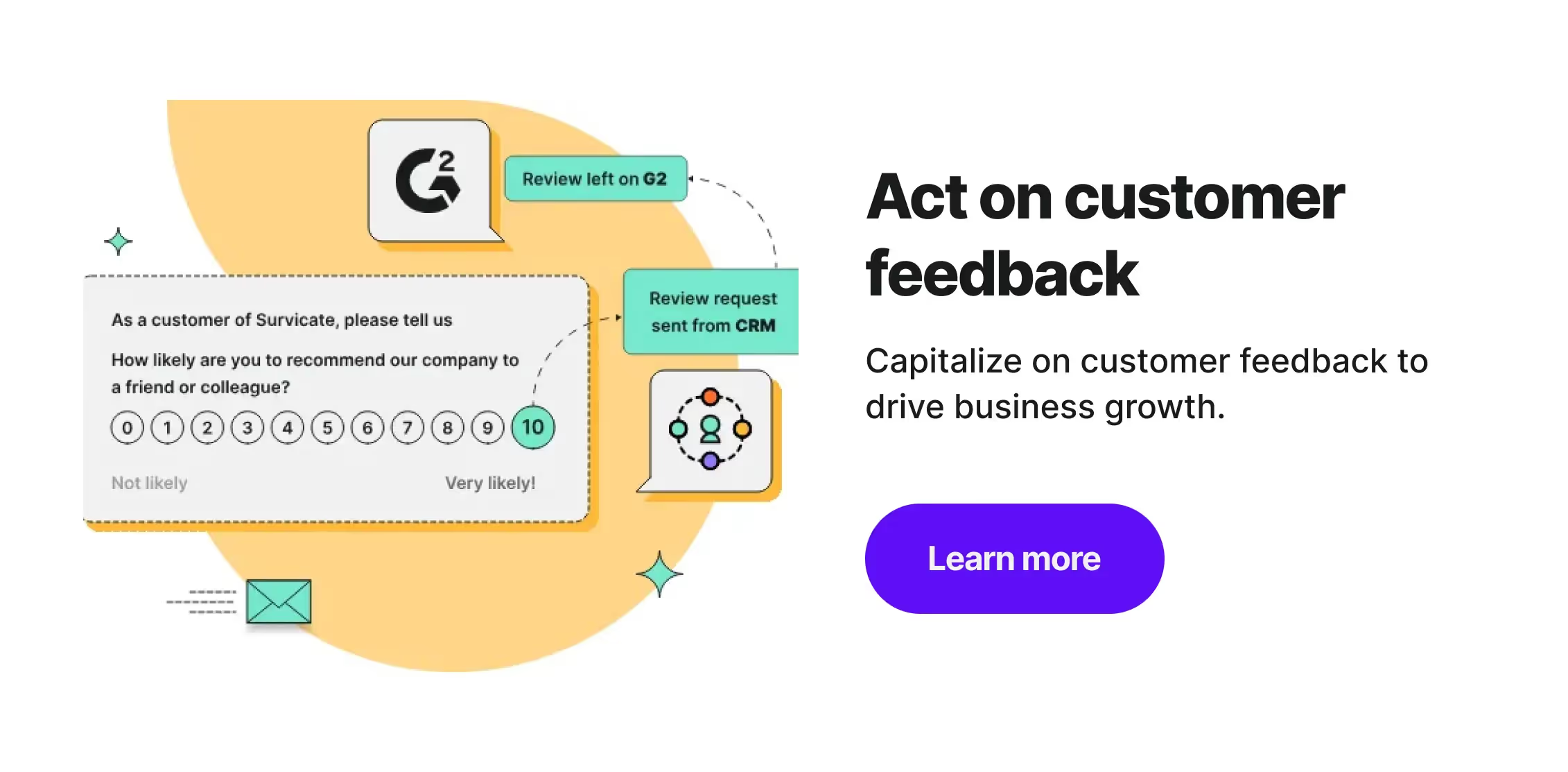
Surveys and Feedback
Collecting surveys and feedback from customers after a purchase or interaction gives you direct insights into their satisfaction levels. Tools like Survicate allow you to easily create and integrate surveys on your website or in post-purchase emails. These surveys can be designed to ask specific questions about the customer's experience, such as ease of navigation, checkout process efficiency, or satisfaction with the product received.
Net Promoter Score
The Net Promoter Score (NPS) is a widely used metric to gauge customer loyalty and satisfaction. By asking a single question—"On a scale from 0 to 10, how likely are you to recommend our store to a friend or colleague?"—you can categorize customers into promoters, passives, and detractors. Calculating your NPS is simple:
- Promoters (score 9-10): Loyal enthusiasts who will keep buying and referring others, fueling growth.
- Passives (score 7-8): Satisfied but unenthusiastic customers vulnerable to competitive offerings.
- Detractors (score 0-6): Unhappy customers who can damage your brand and impede growth through negative word-of-mouth.
To calculate NPS, subtract the percentage of detractors from the percentage of promoters.
Customer Lifetime Value
Customer Lifetime Value (CLV) is a forecast of the net profit attributed to the entire future relationship with a customer. Understanding CLV helps you determine how much you should invest in retaining your customers. To calculate CLV, you need to determine:
- Average purchase value: Calculate this figure by dividing your company's total revenue in a time period by the number of purchases.
- Purchase frequency rate: Divide the number of purchases by the number of unique customers who made purchases during that time period.
- Customer value: Multiply the average purchase value by the purchase frequency rate.
- Average customer lifespan: Calculate the average number of years a customer continues purchasing from your e-commerce store.
- Finally, calculate CLV by multiplying customer value by the average customer lifespan.
Build a Good Customer Journey Map
Creating a seamless customer journey is crucial for optimizing the online shopping experience. By mapping out each stage of the customer's journey, you can identify pain points and areas for improvement.
Start by understanding the customer's discovery phase, where effective brand messaging and engagement channels play a vital role. Then, focus on the consideration and evaluation stage, leveraging positive reviews, personalized recommendations, and comparison shopping to guide customers toward a purchase decision. Finally, streamline the checkout process to ensure a smooth transition from browsing to buying.
Ready to enhance your customer's journey? Try out Survicate for free for 10 days. With Survicate's powerful tools, you can gather valuable feedback and insights to refine your customer journey even further. Don't miss this opportunity to create an impeccable online shopping experience. Sign up now and take your eCommerce business to new heights.








.webp)

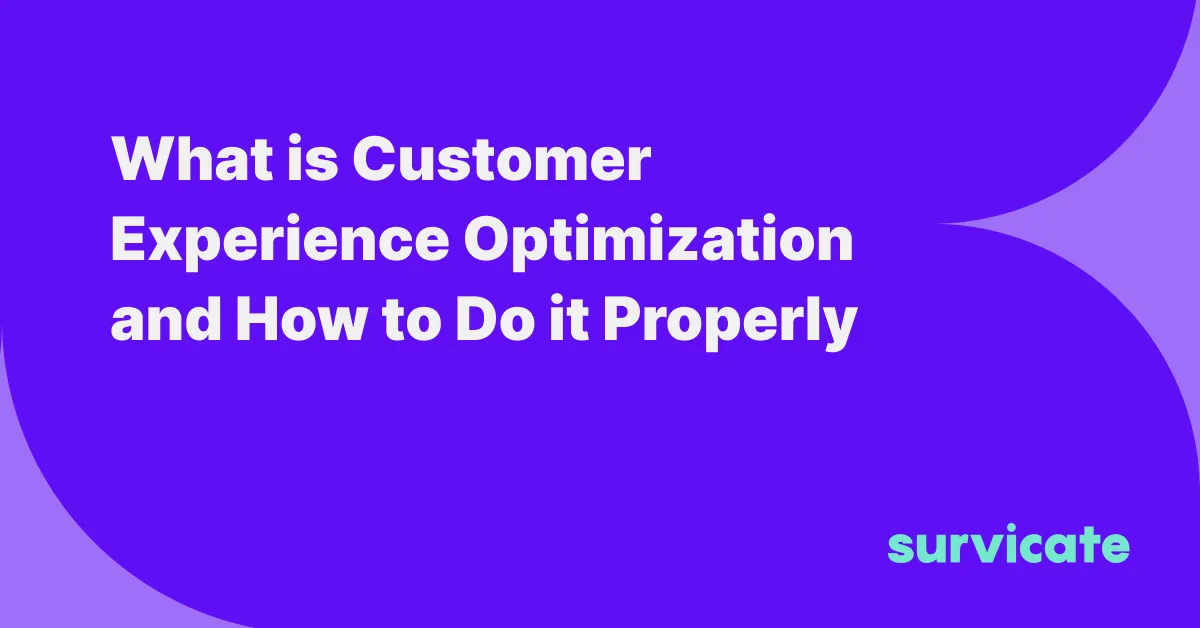
.webp)
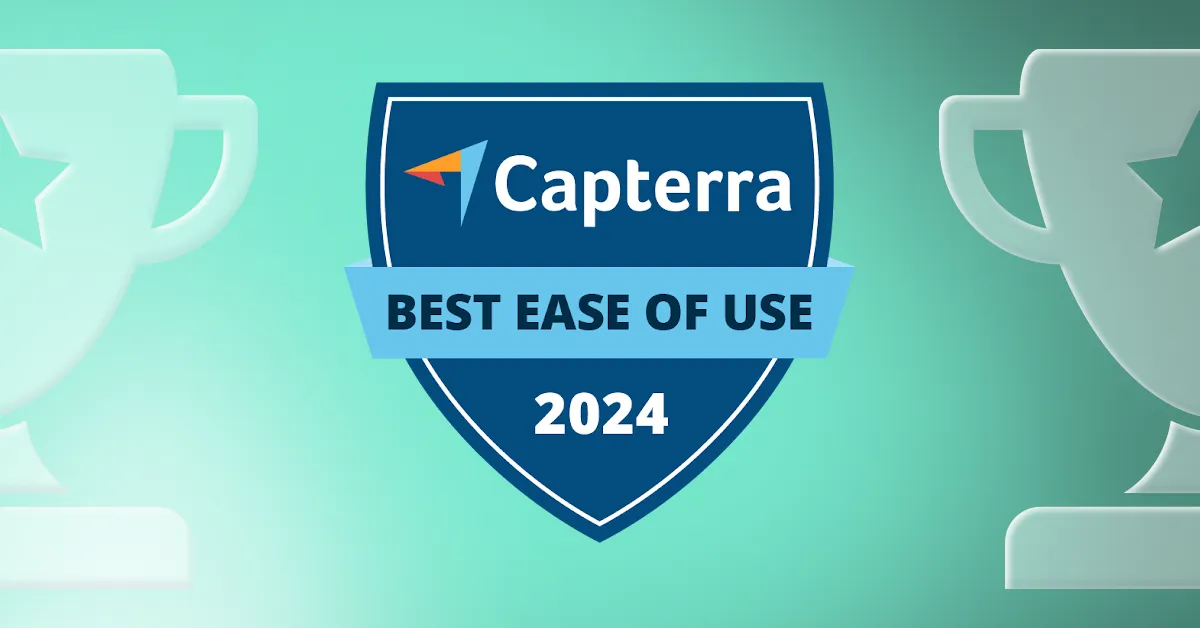
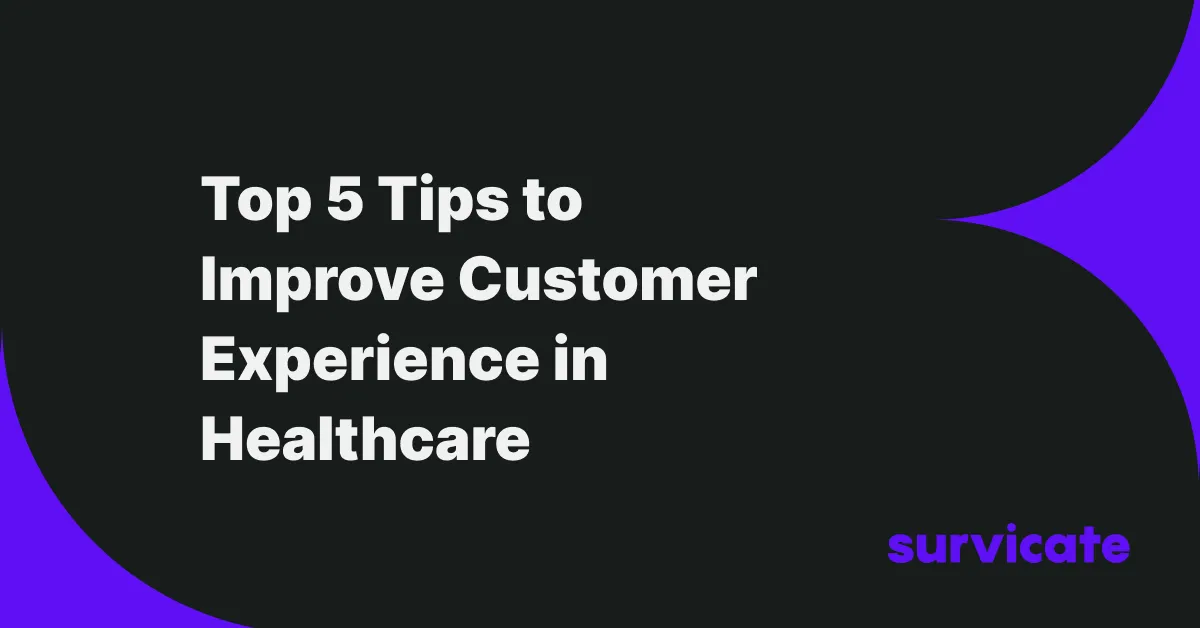
.svg)

.svg)



